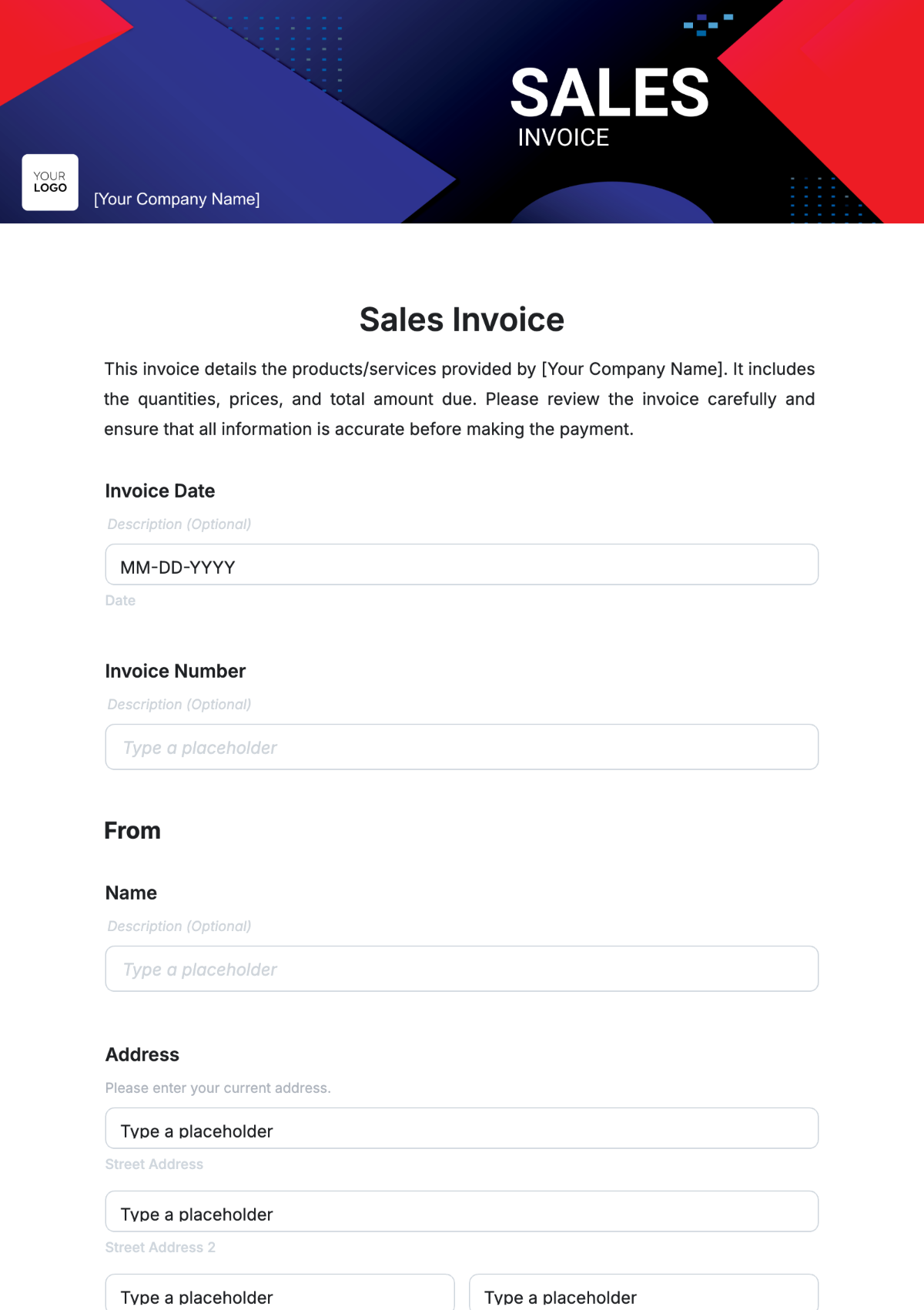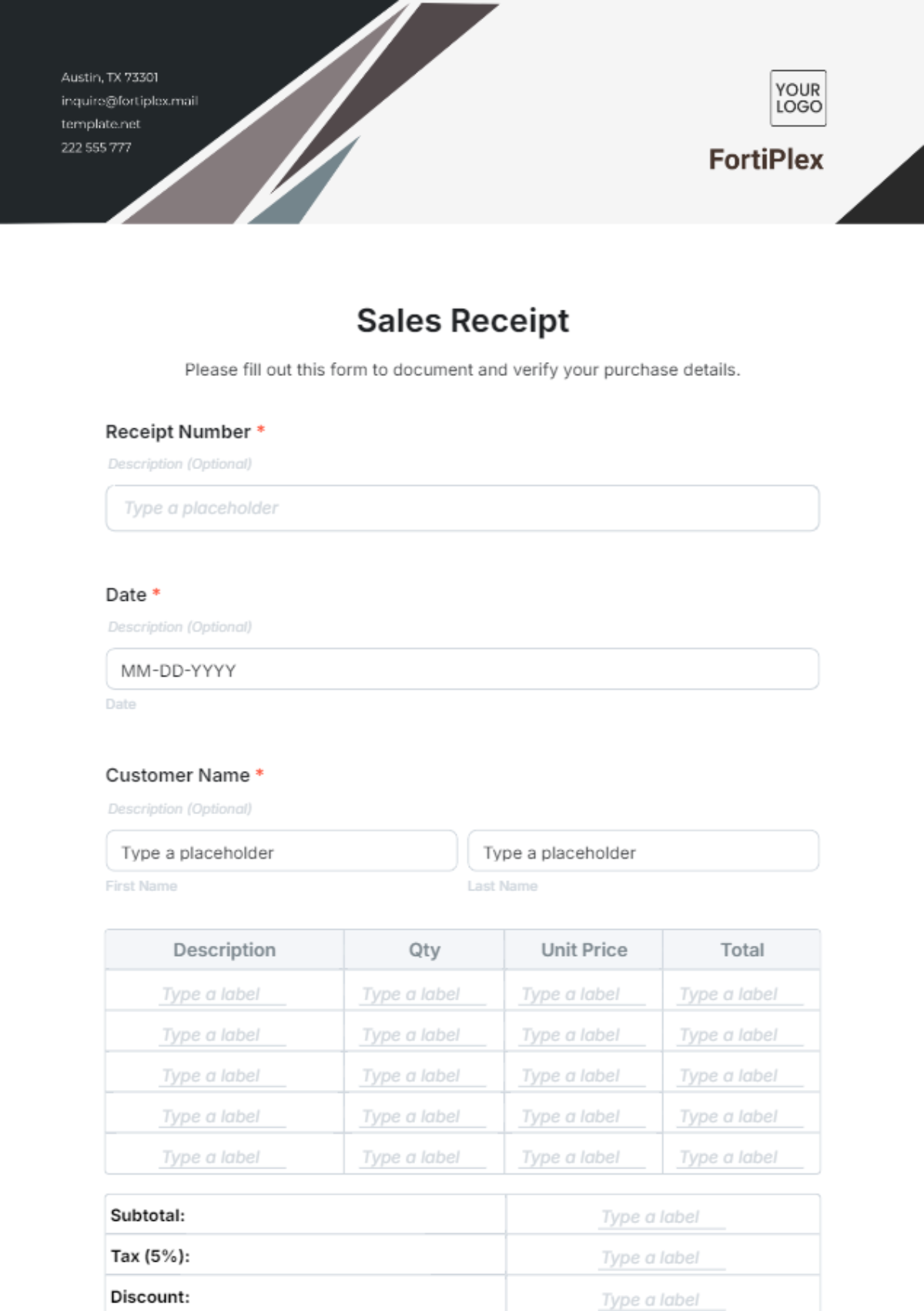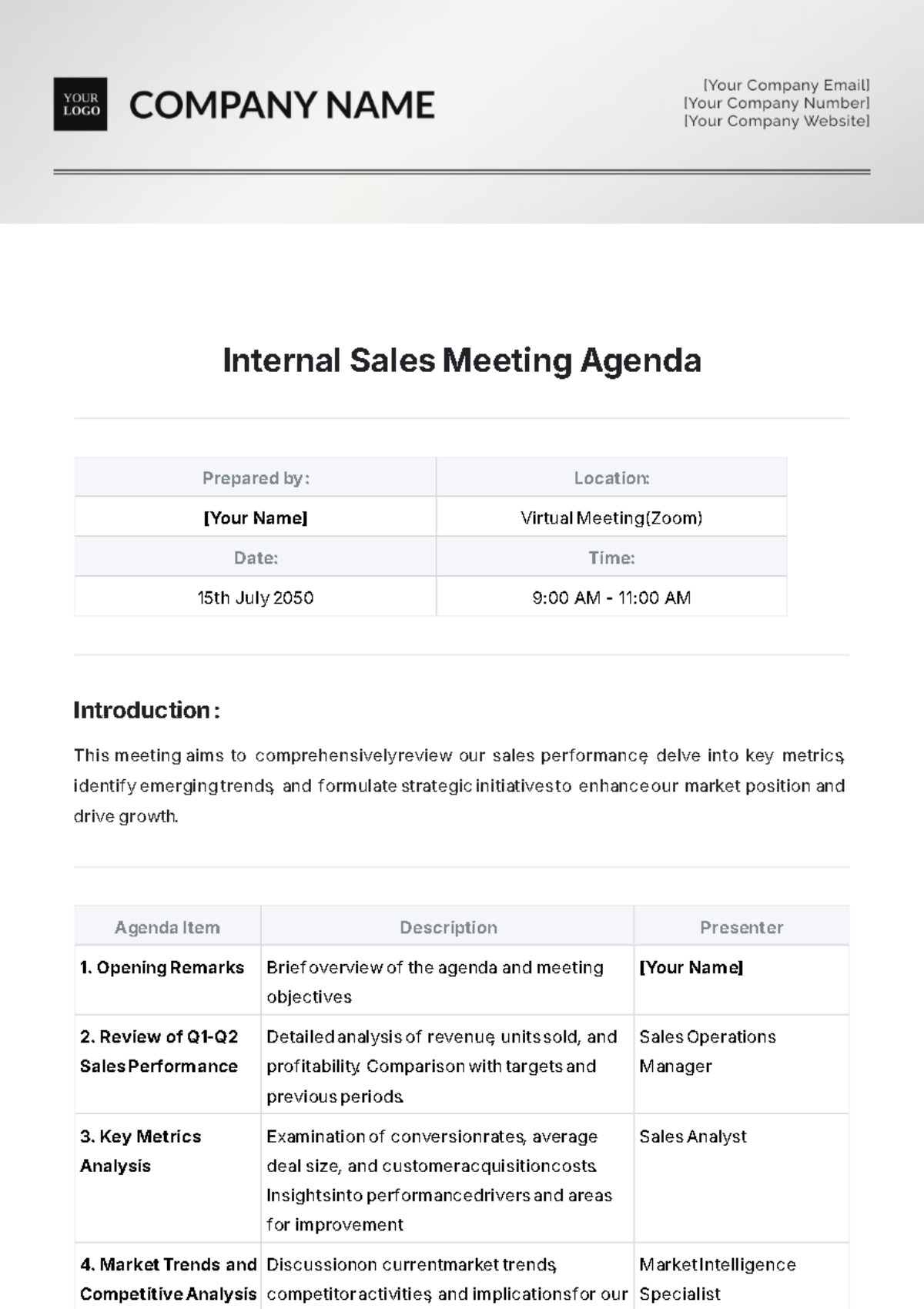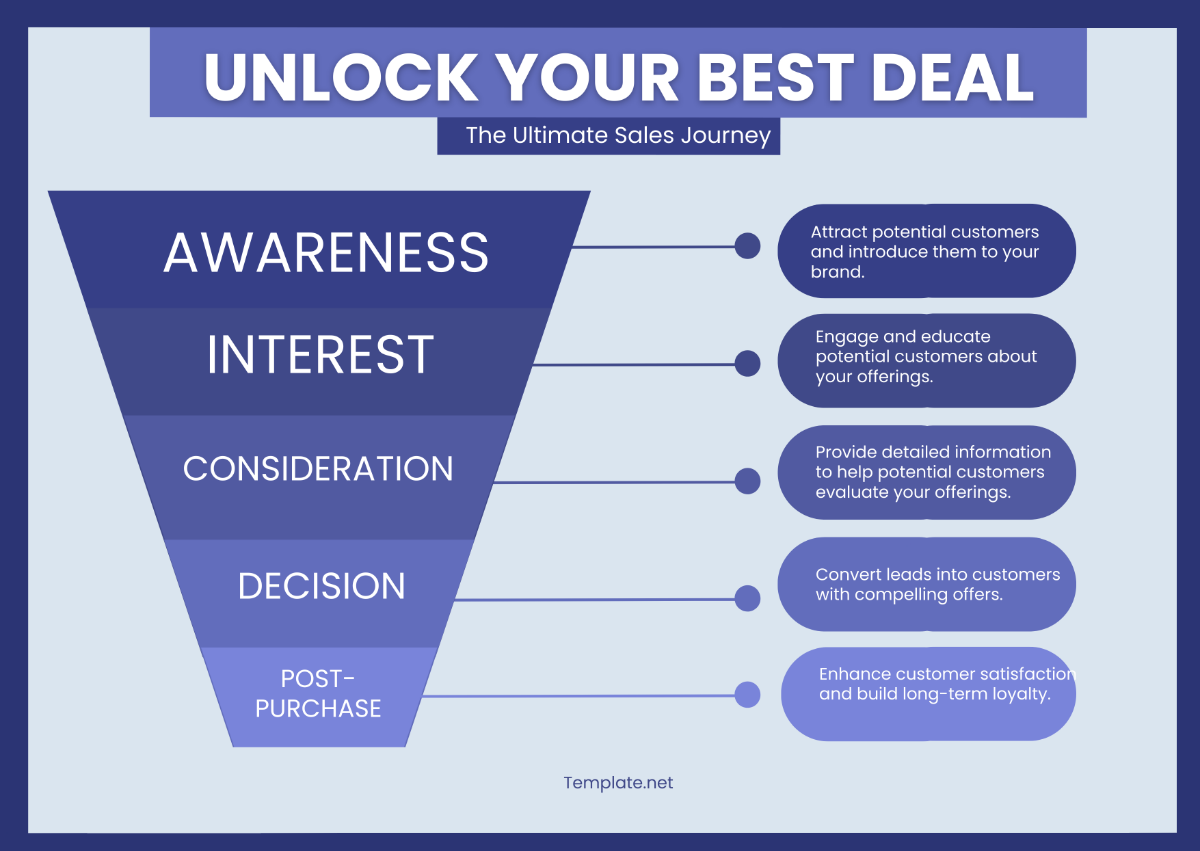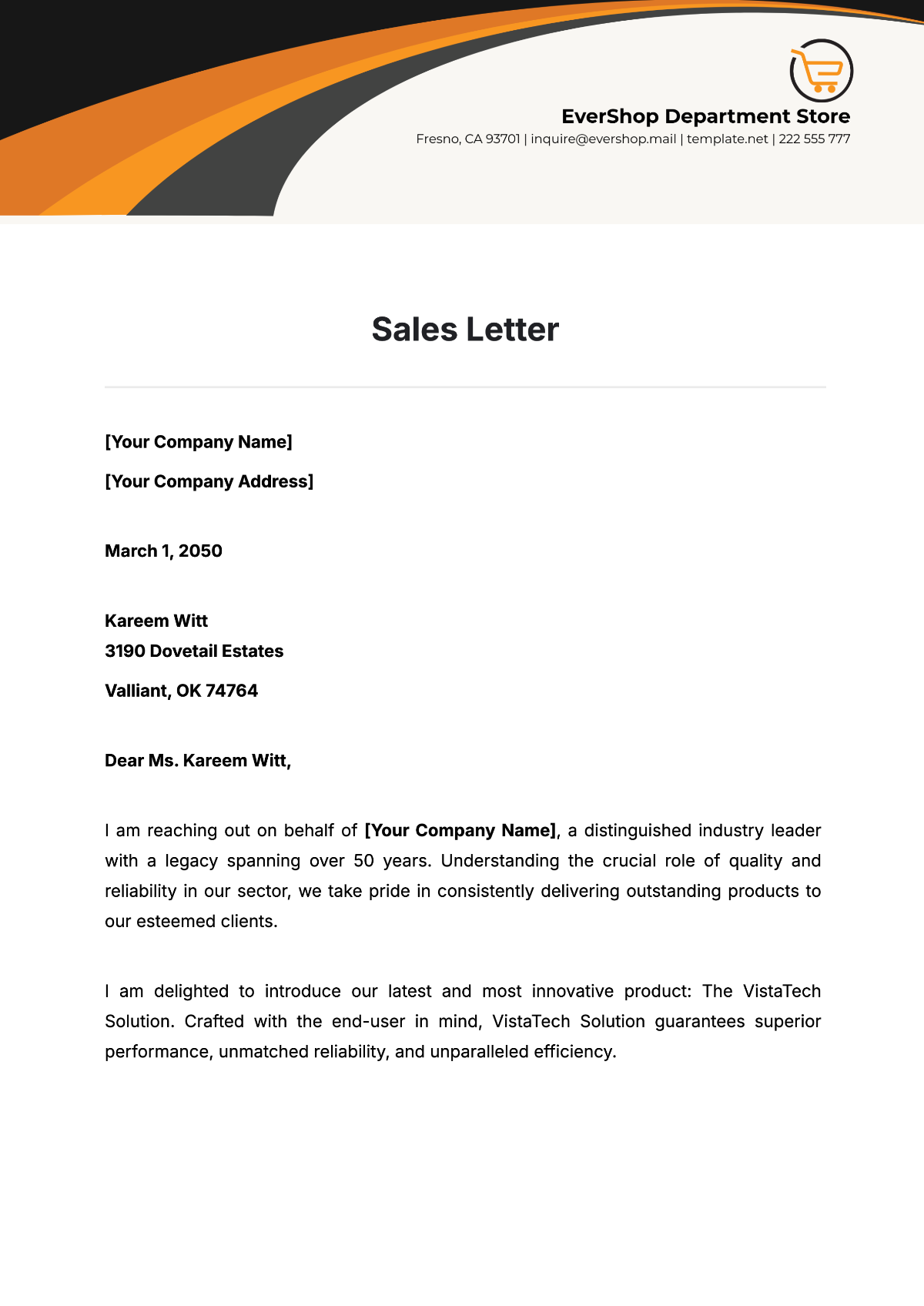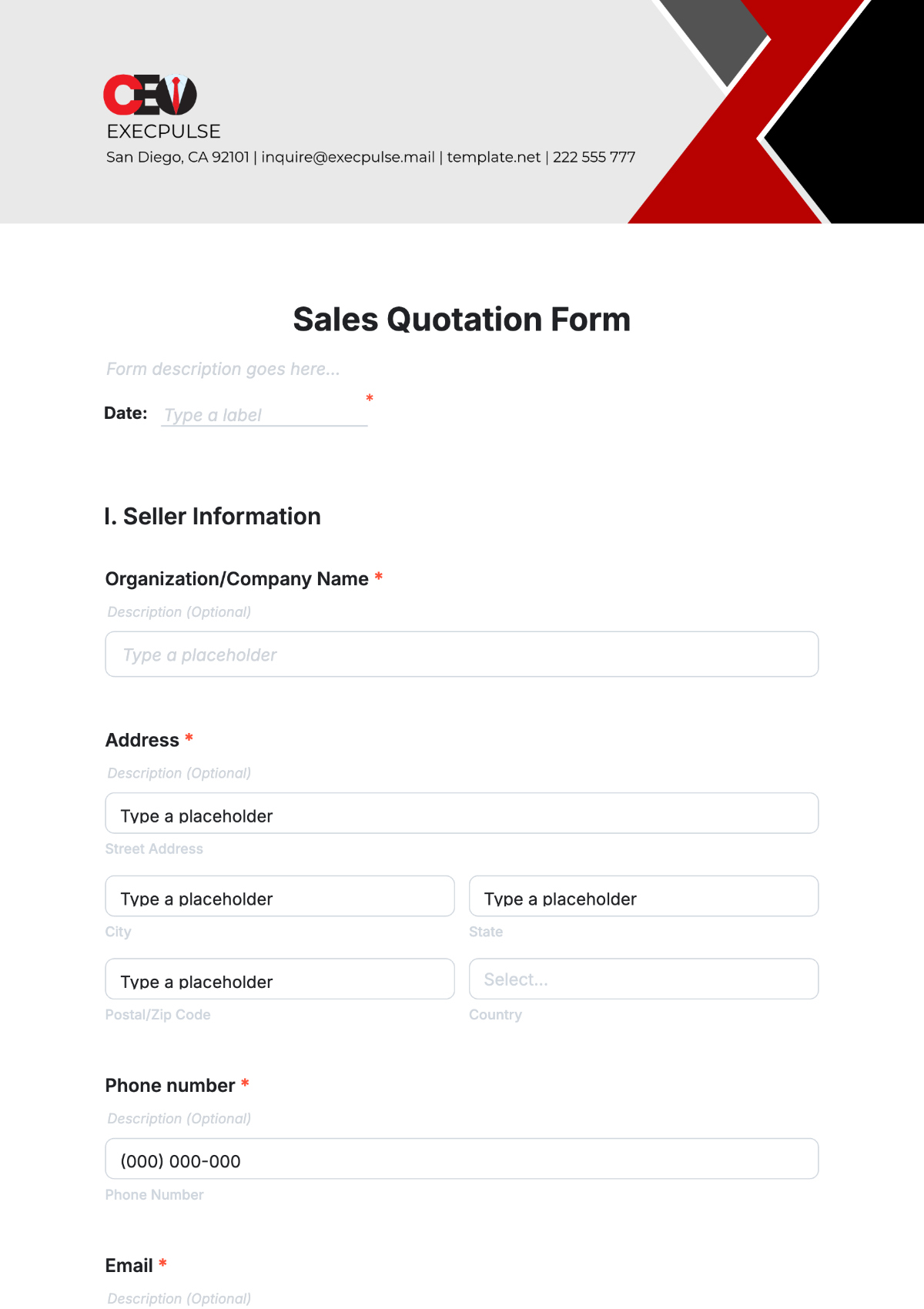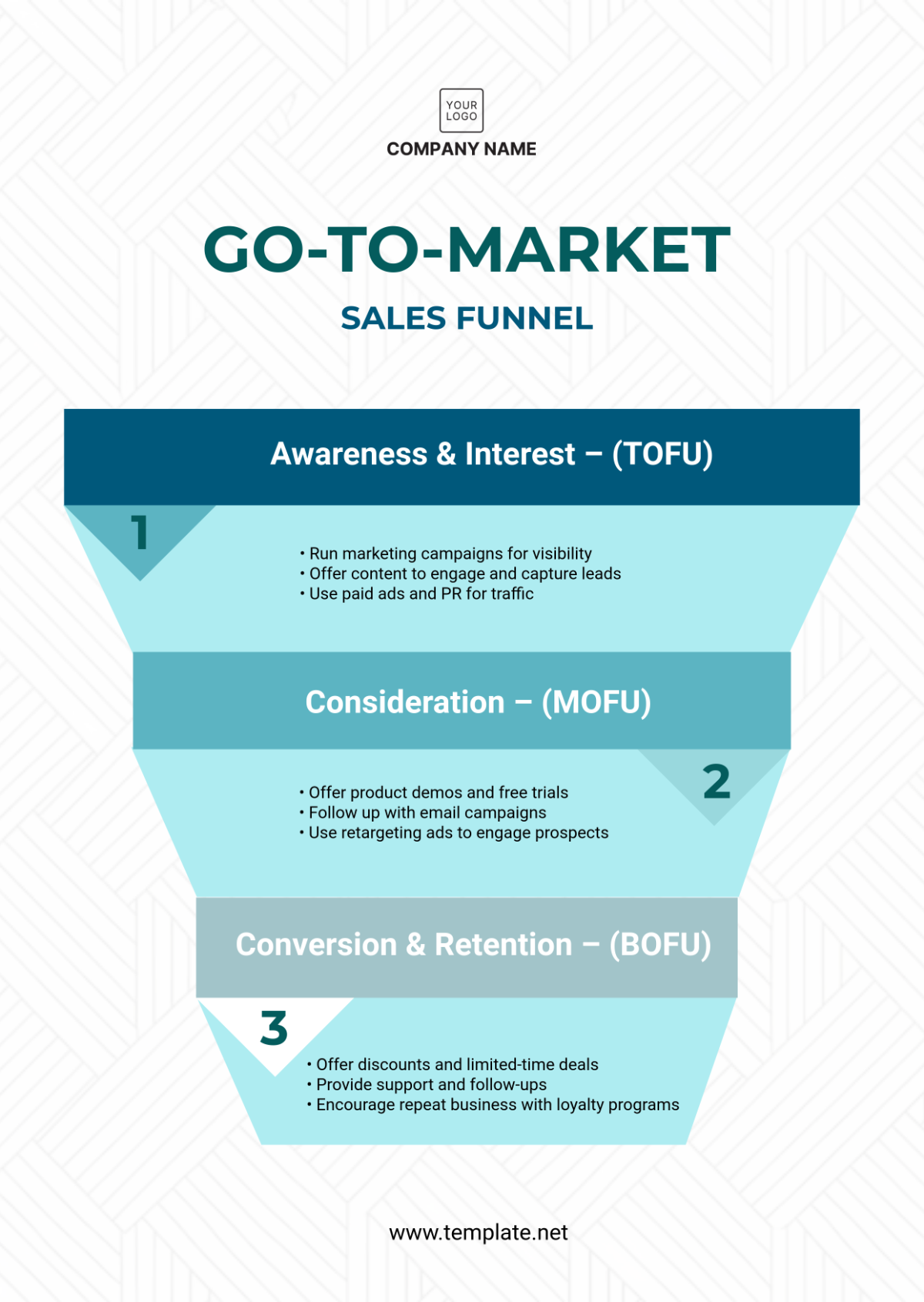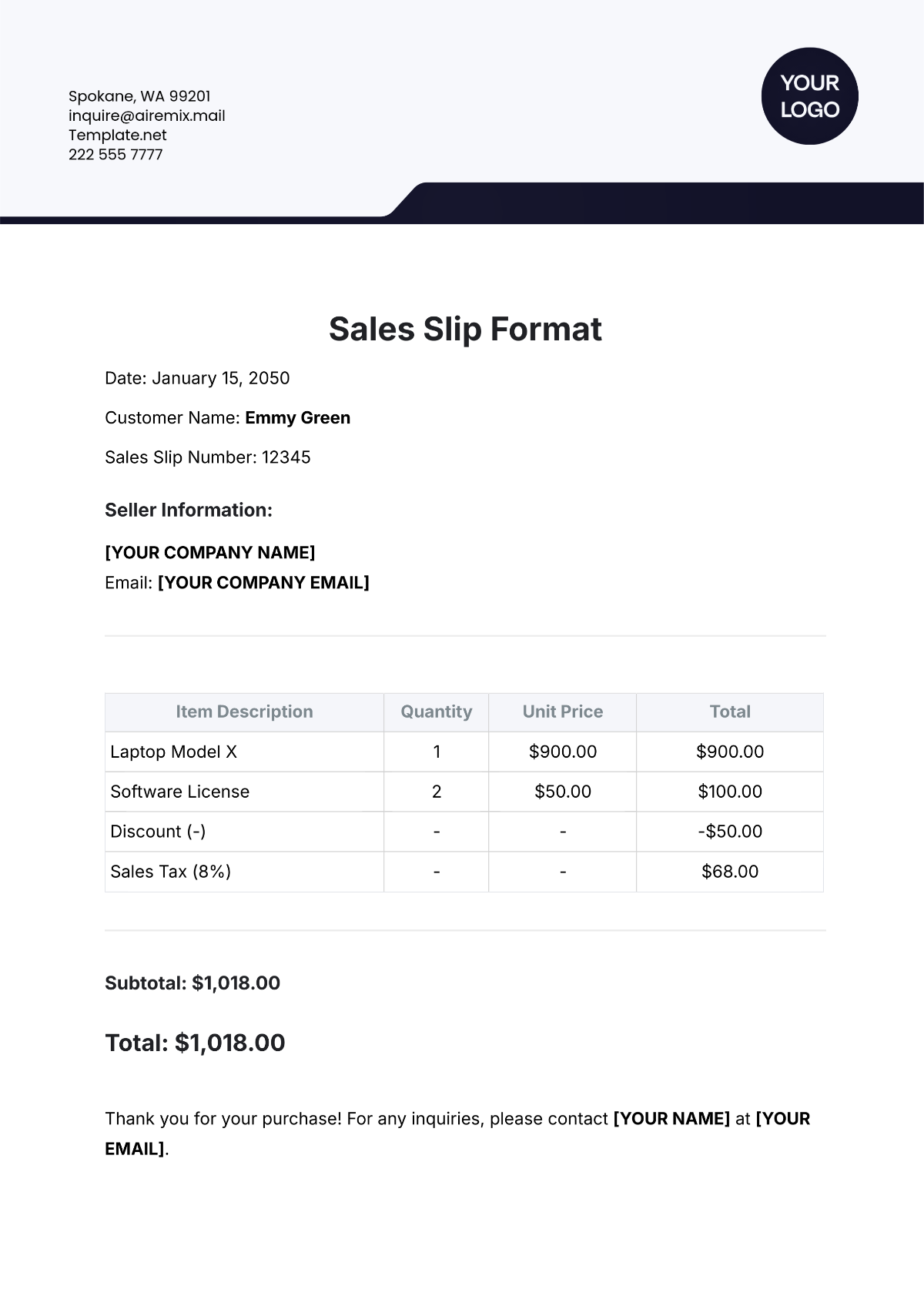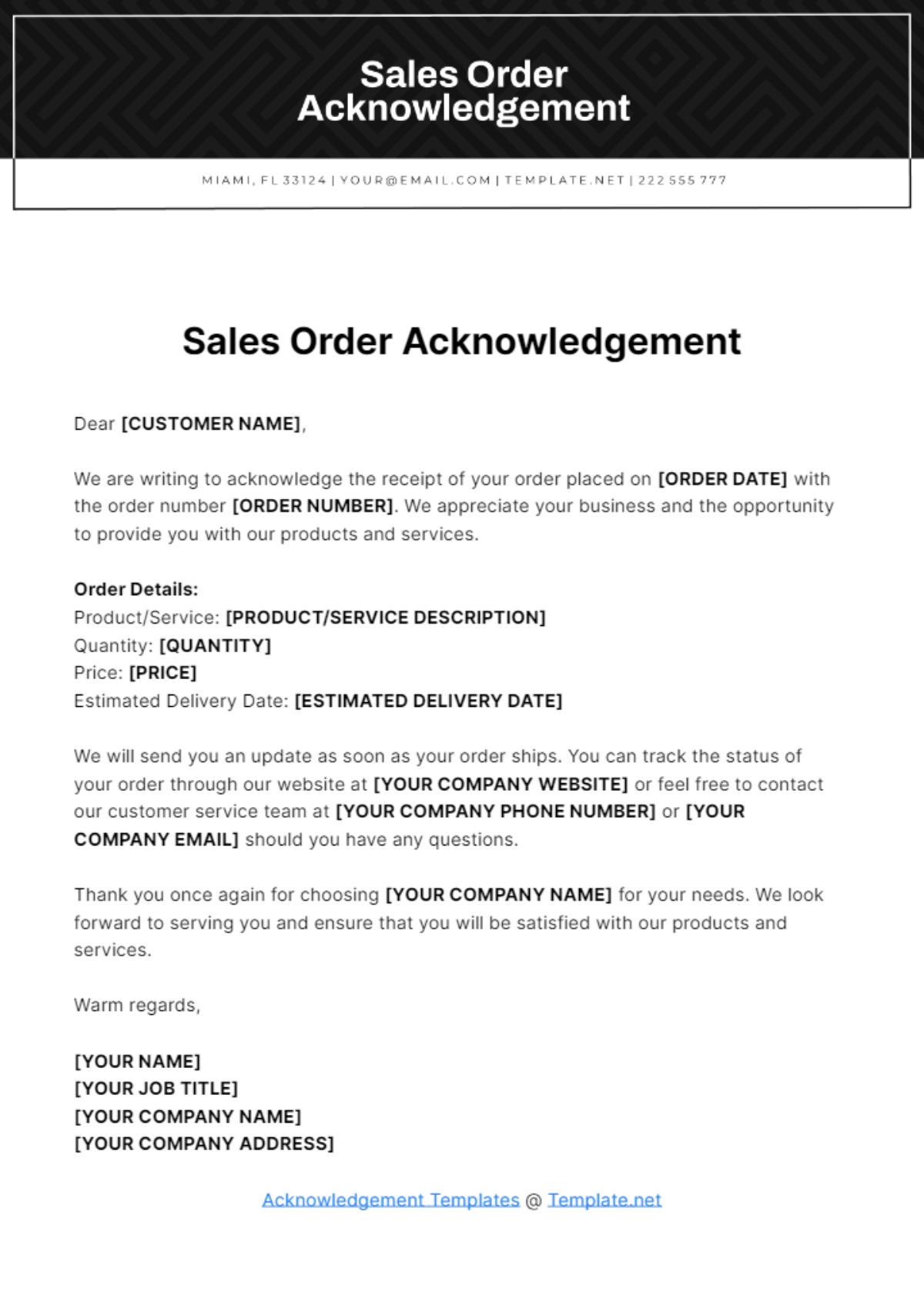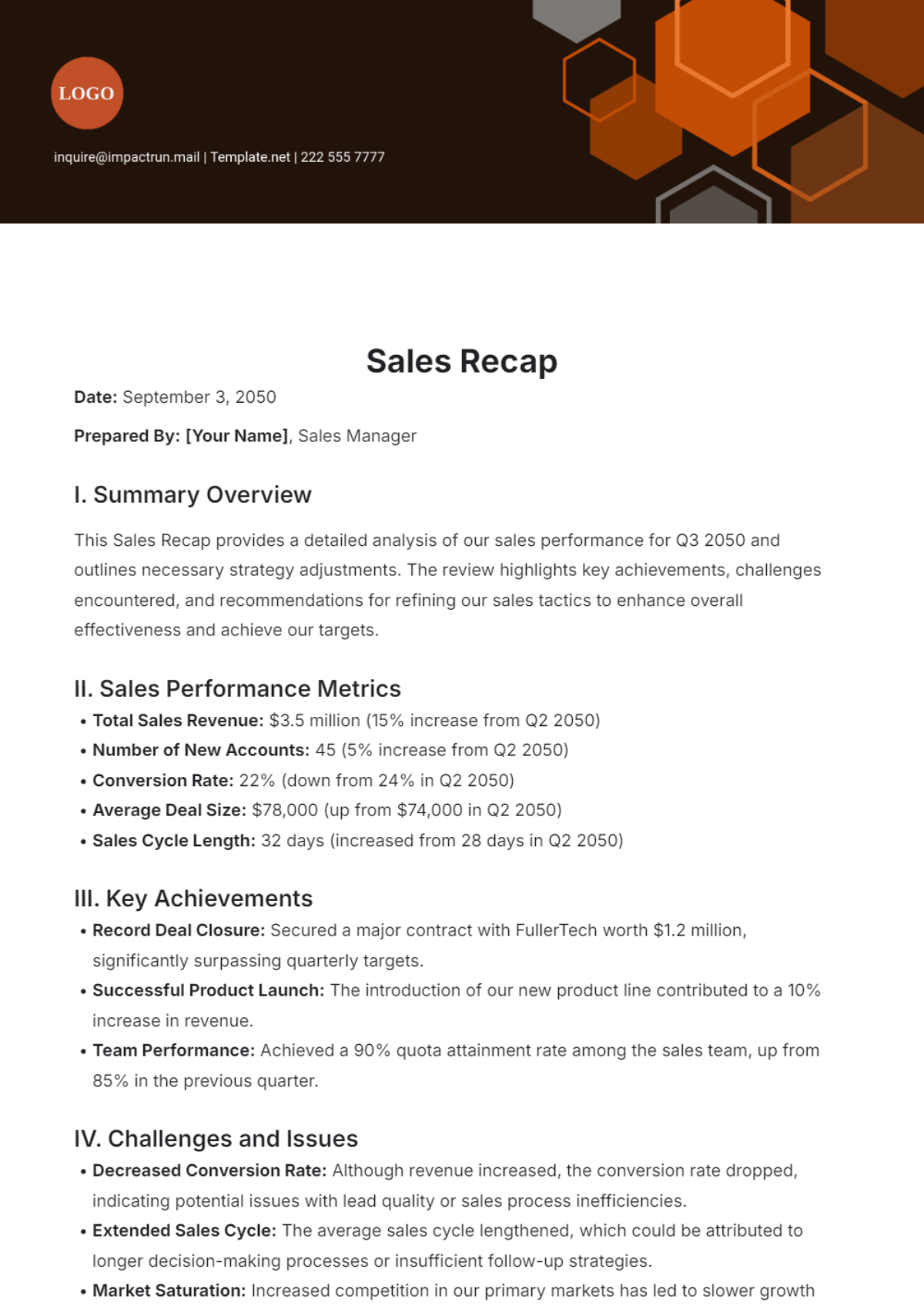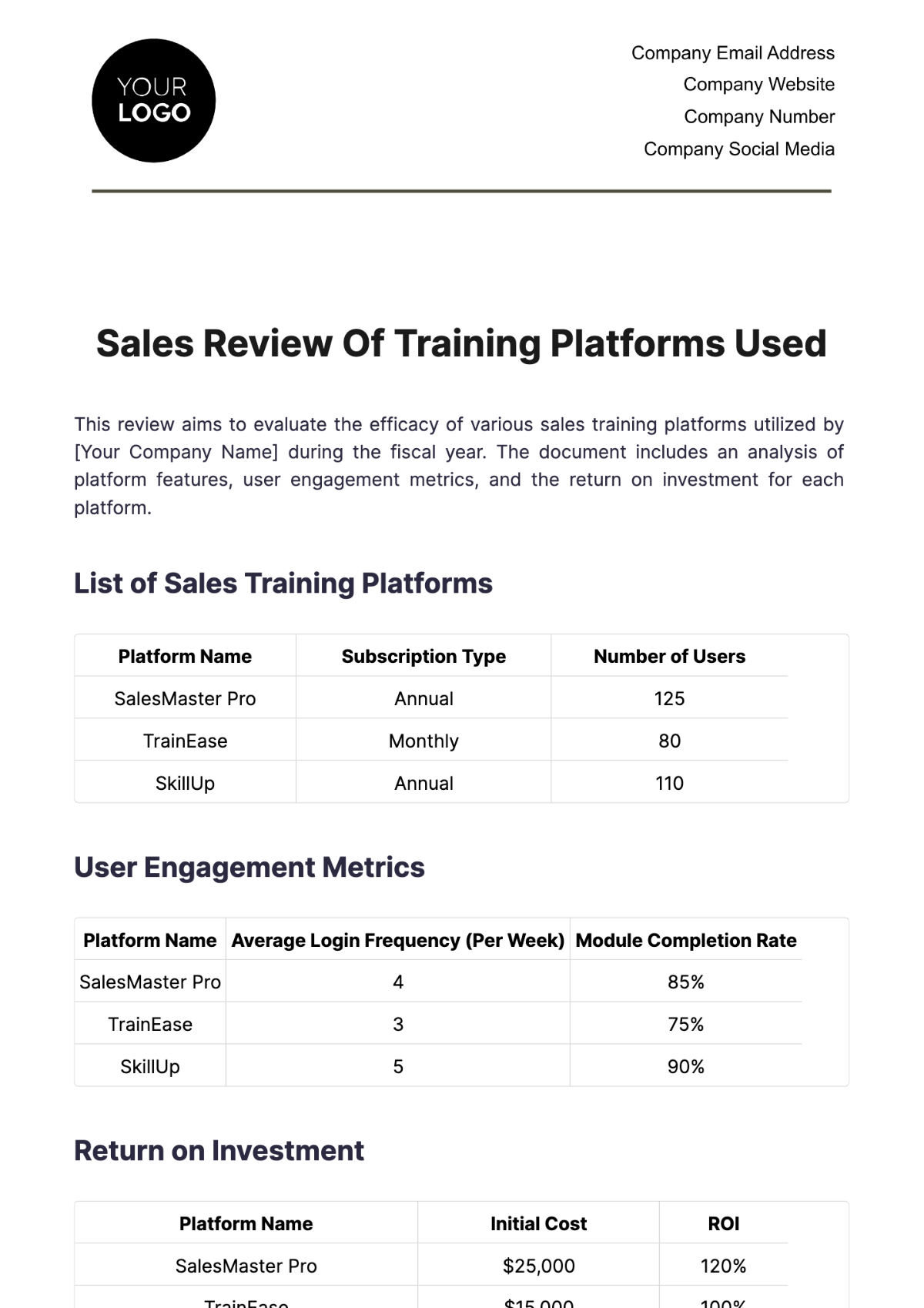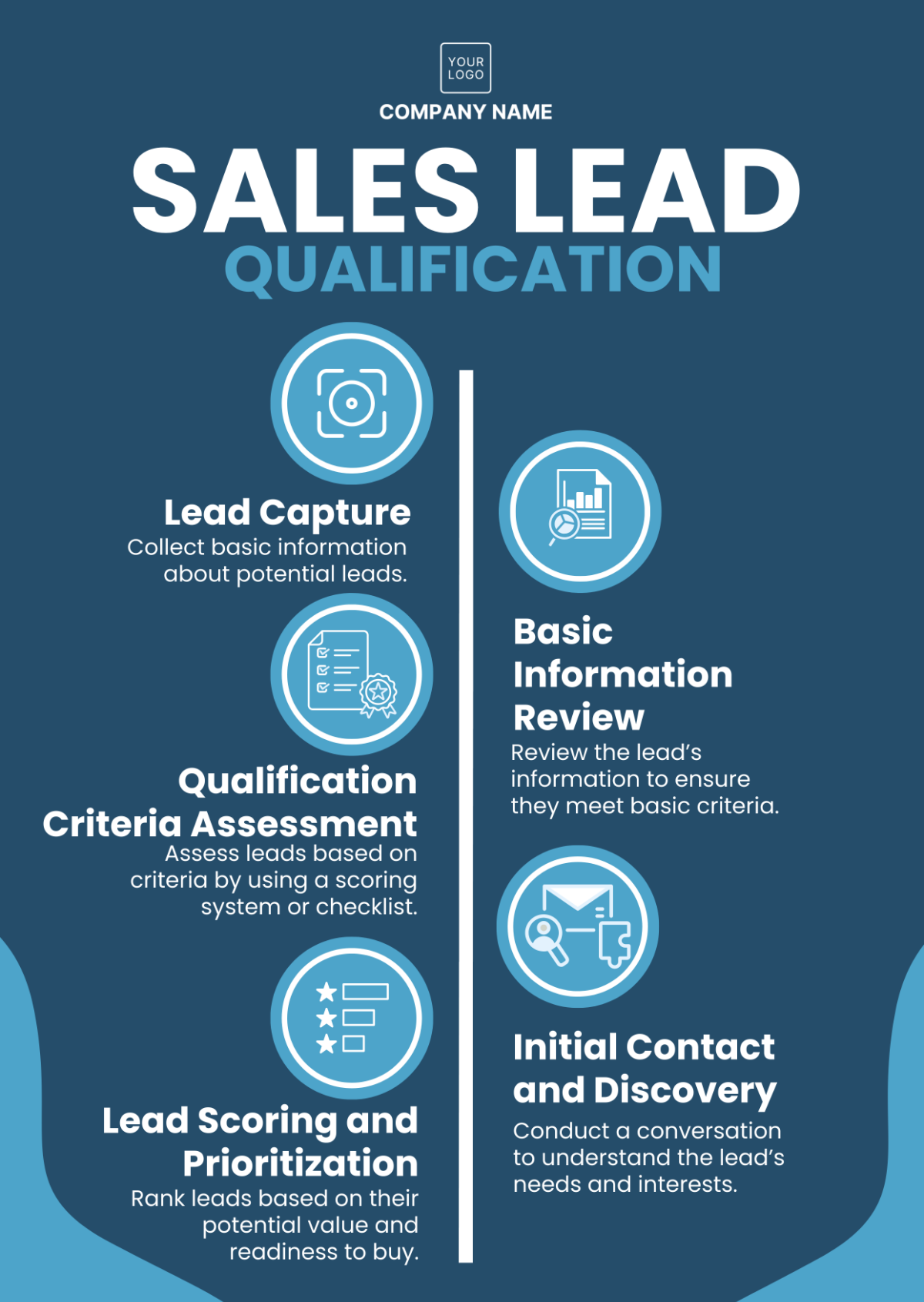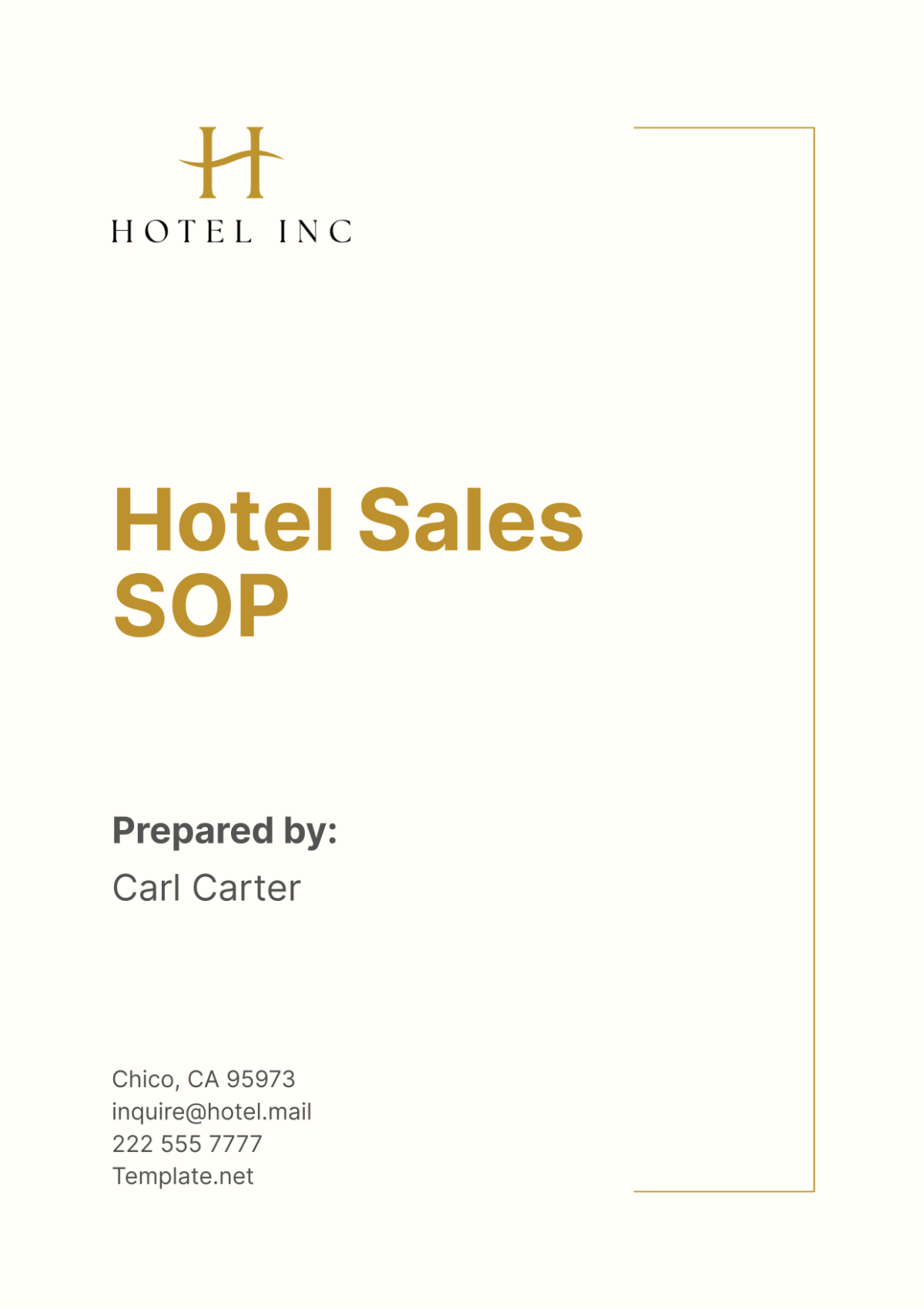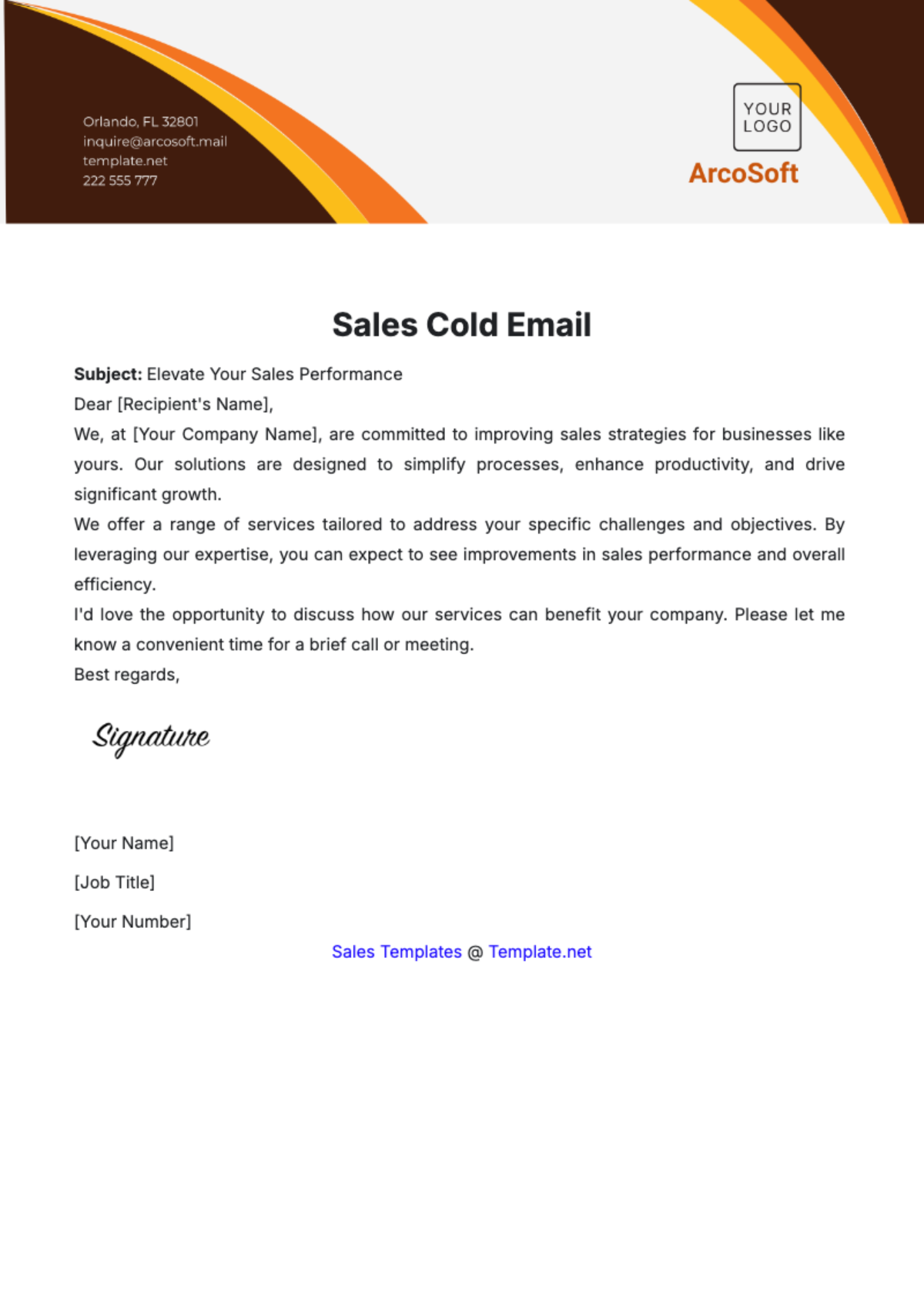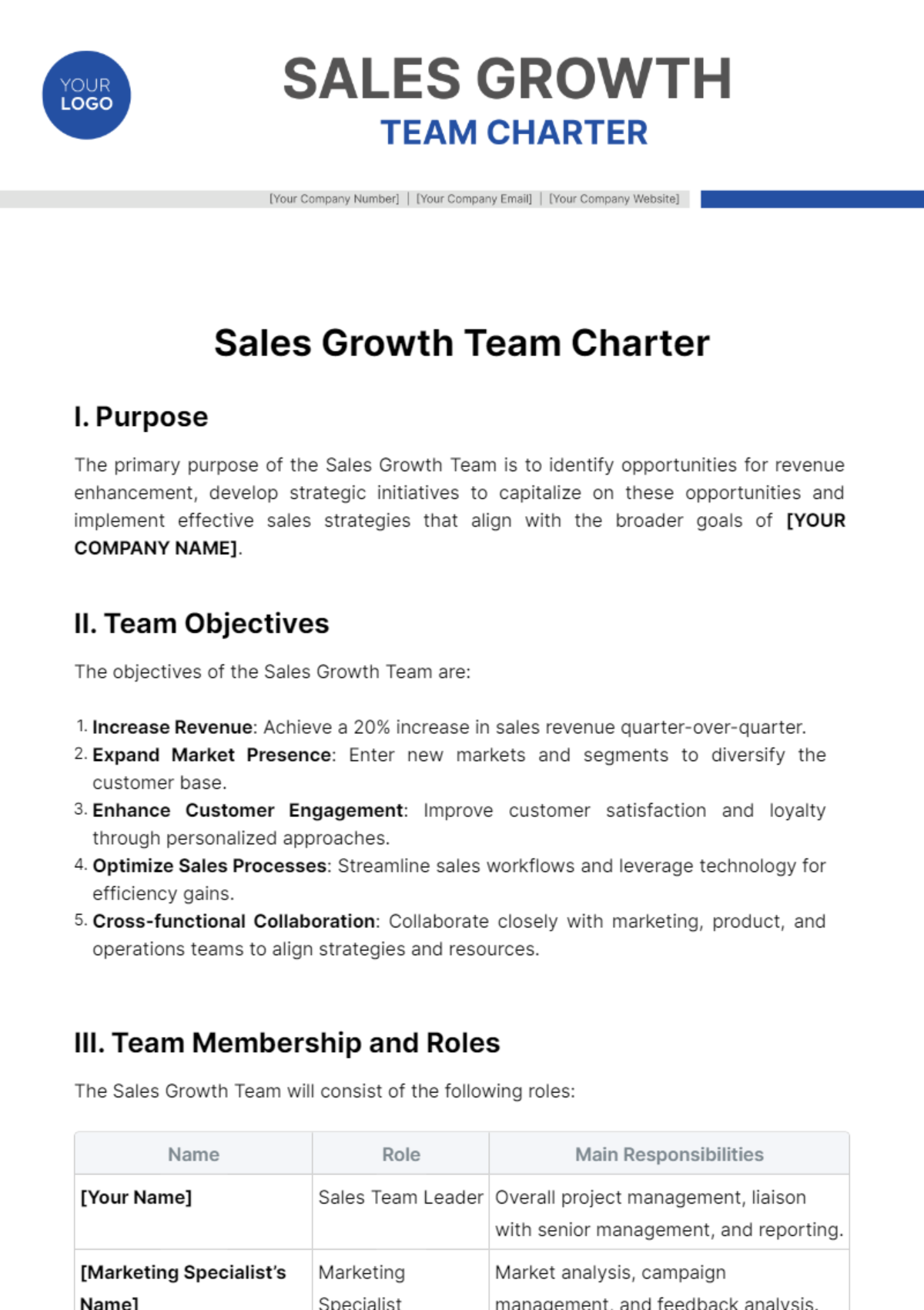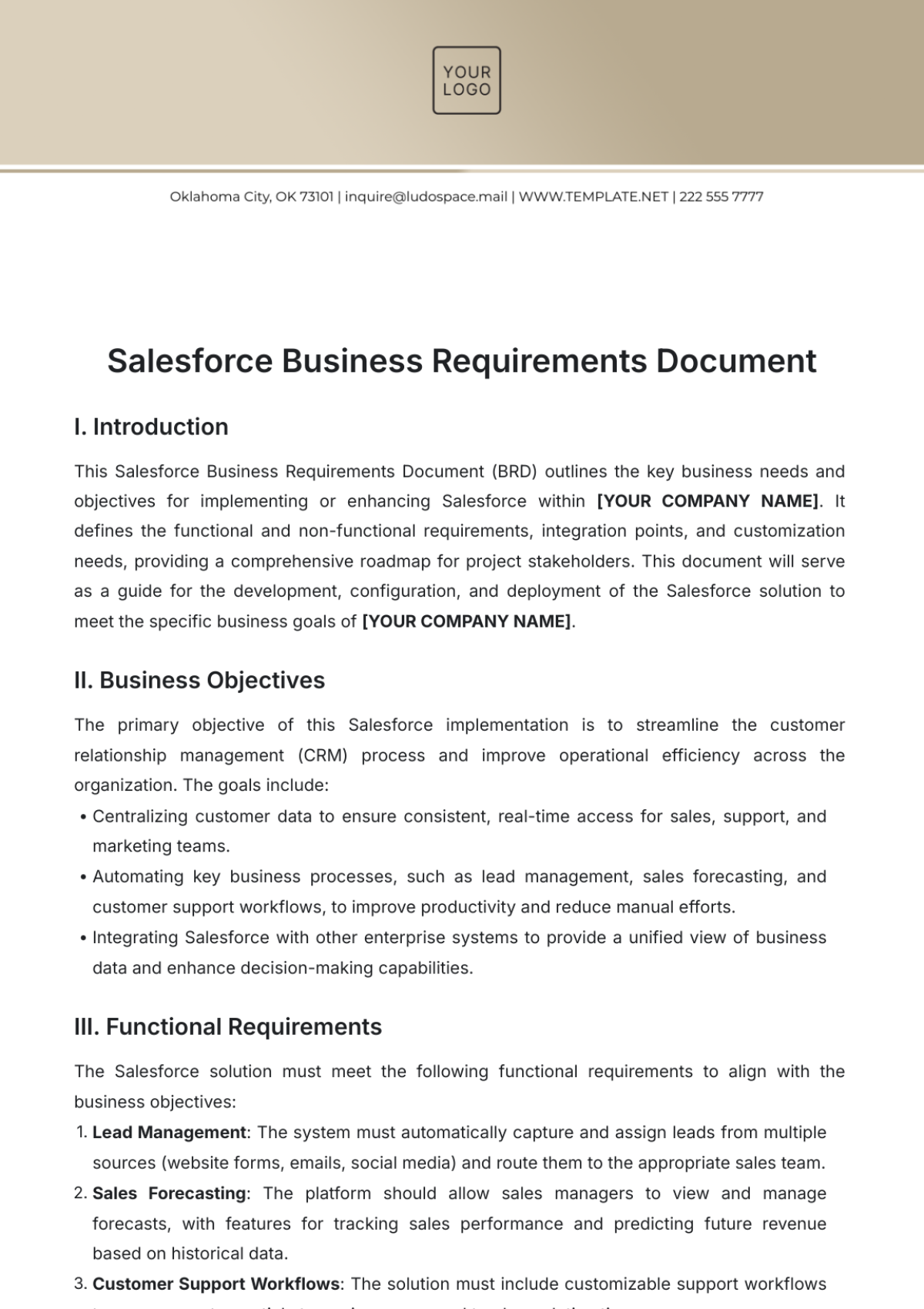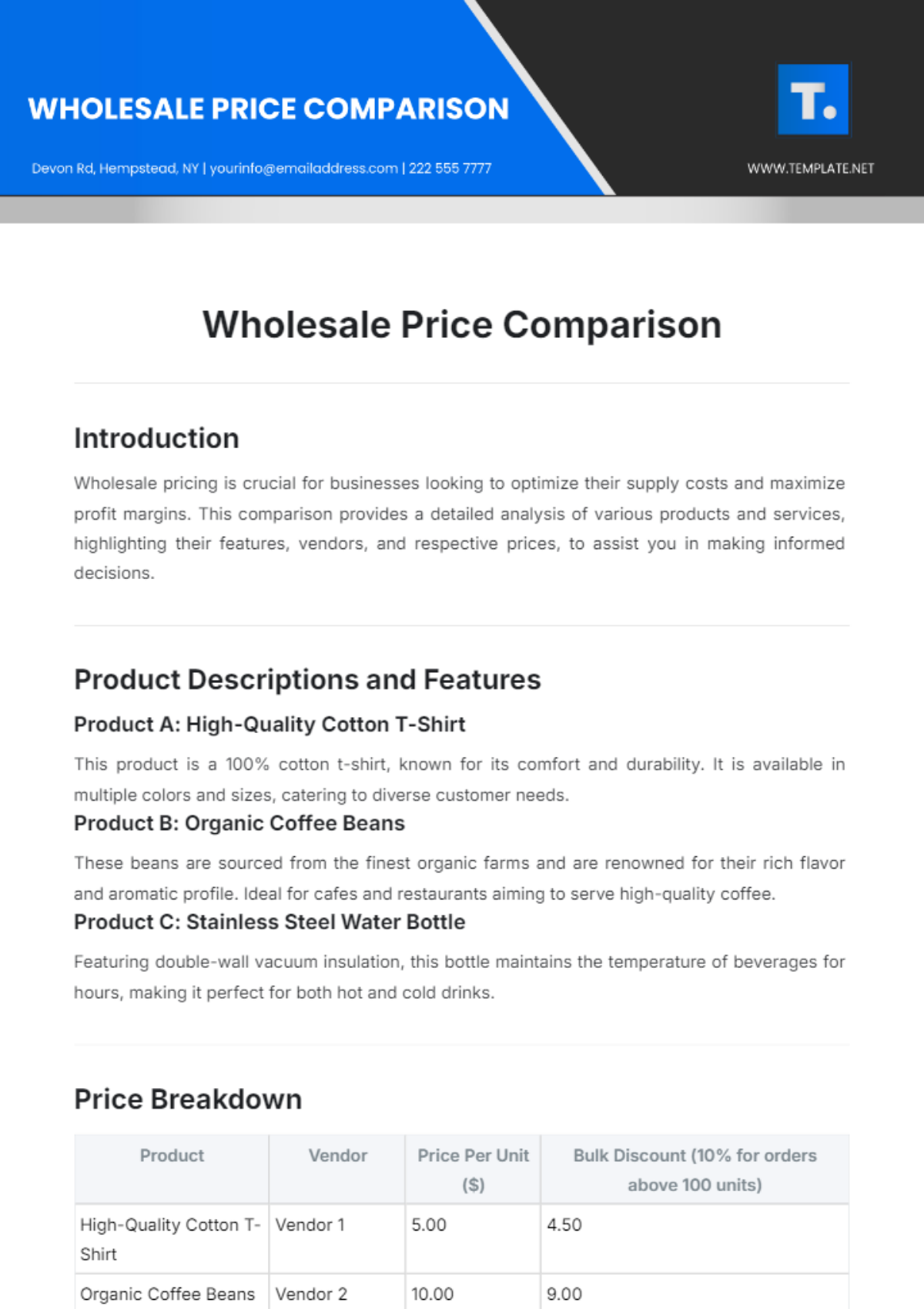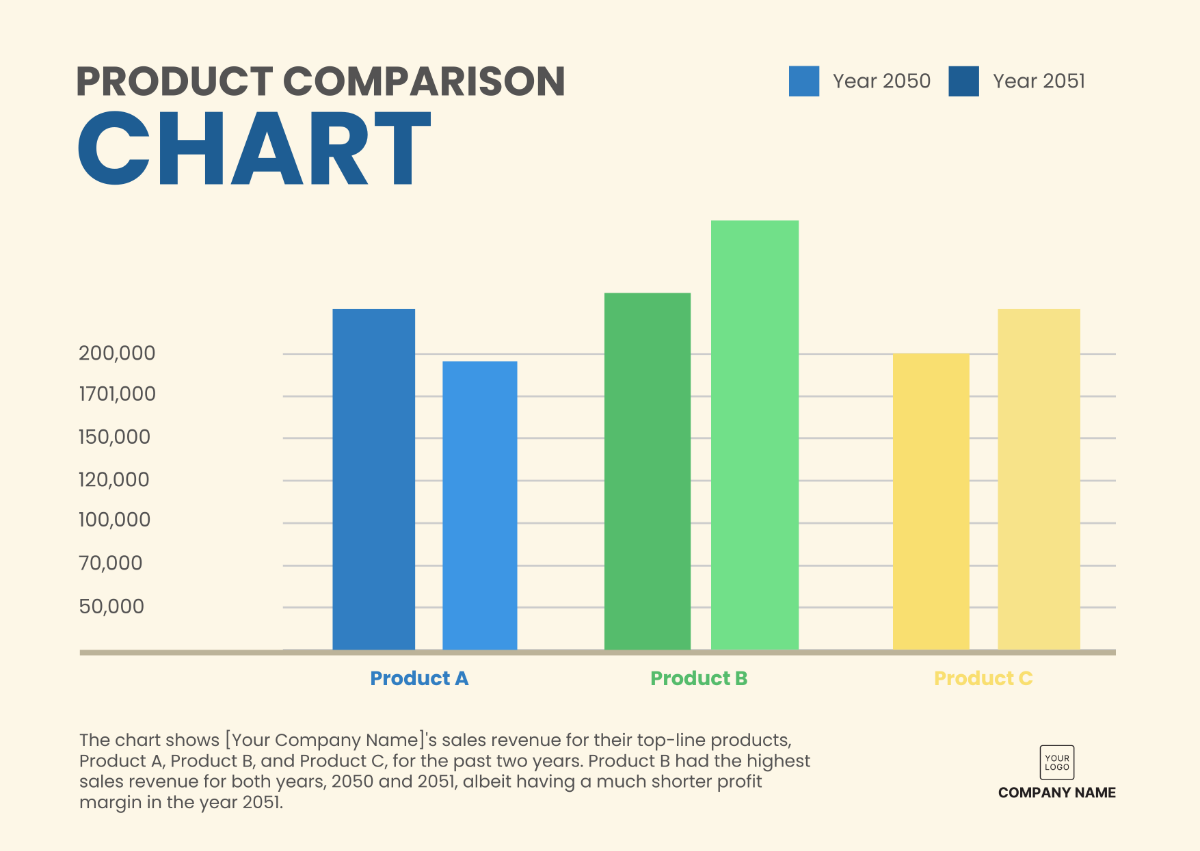SALES COLLATERAL DISTRIBUTION REVIEW
Sales collateral plays an integral role in the success of the marketing and sales operations of [Your Company Name]. This review aims to analyze the effectiveness of the current sales collateral distribution strategy, including the types of collateral used, the channels through which they are distributed, and their impact on sales conversions. The objective is to provide data-driven insights that could contribute to optimizing the sales collateral distribution methods in use.
I. Types of Sales Collateral
The primary types of sales collateral distributed include brochures, case studies, white papers, and product datasheets.
Type of Collateral | Quantity Produced | Sales Conversion Rate |
|---|---|---|
Brochure | 10,000 | 20% |
Case Study | 5,000 | 35% |
White Paper | 2,500 | 40% |
Product Datasheet | 12,000 | 25% |
II. Distribution Channels
Sales collateral is primarily distributed through three channels: direct sales teams, digital marketing, and channel partners.
Distribution Channel | Total Collateral Distributed | Engagement Rate |
|---|---|---|
Direct Sales Teams | 15,000 | 50% |
Digital Marketing | 12,000 | 40% |
Channel Partners | 7,500 | 45% |
III. Impact on Sales Conversions
An analysis of the data reveals that case studies and white papers have the highest sales conversion rates. However, the quantity produced for these types is relatively low compared to brochures and product datasheets.
Type of Collateral | Sales Conversion Rate | Impact on Total Sales |
|---|---|---|
Brochure | 20% | 15% |
Case Study | 35% | 25% |
White Paper | 40% | 35% |
Product Datasheet | 25% | 25% |
IV. Recommendations
Increase the production of case studies and white papers, as they yield higher conversion rates.
Re-evaluate the effectiveness of brochures, considering their lower impact on sales despite high production volumes.
Optimize digital marketing strategies to improve engagement rates, thus providing better returns on collateral investments.
V. Conclusion
Sales collateral serves as a crucial tool in customer engagement and conversion for [Your Company Name]. This review underscores the need for a more strategic approach in choosing the types of collateral to produce and distribute, as well as the channels through which they are disseminated. Implementing the recommendations could lead to a more effective and efficient sales collateral distribution strategy.




